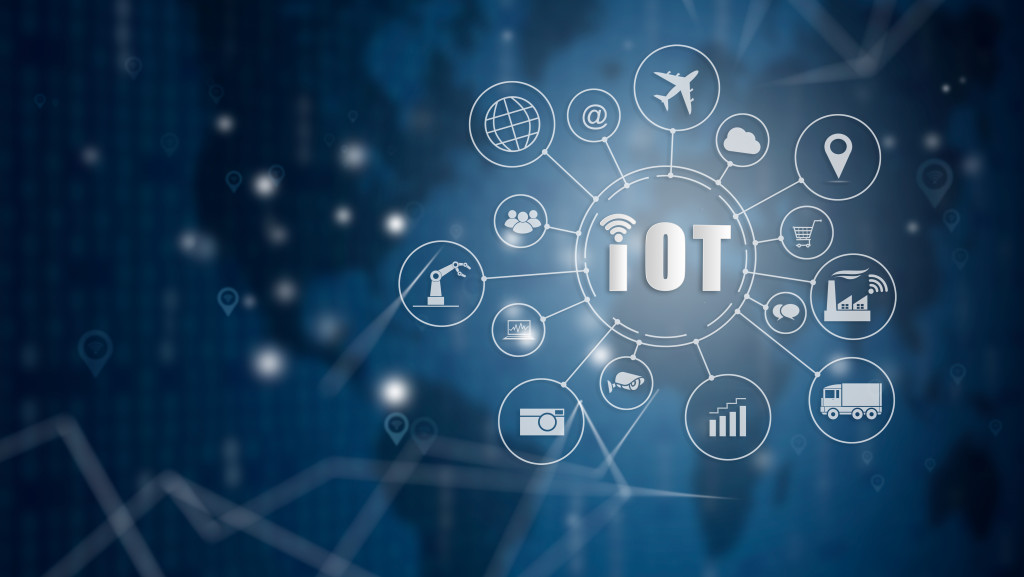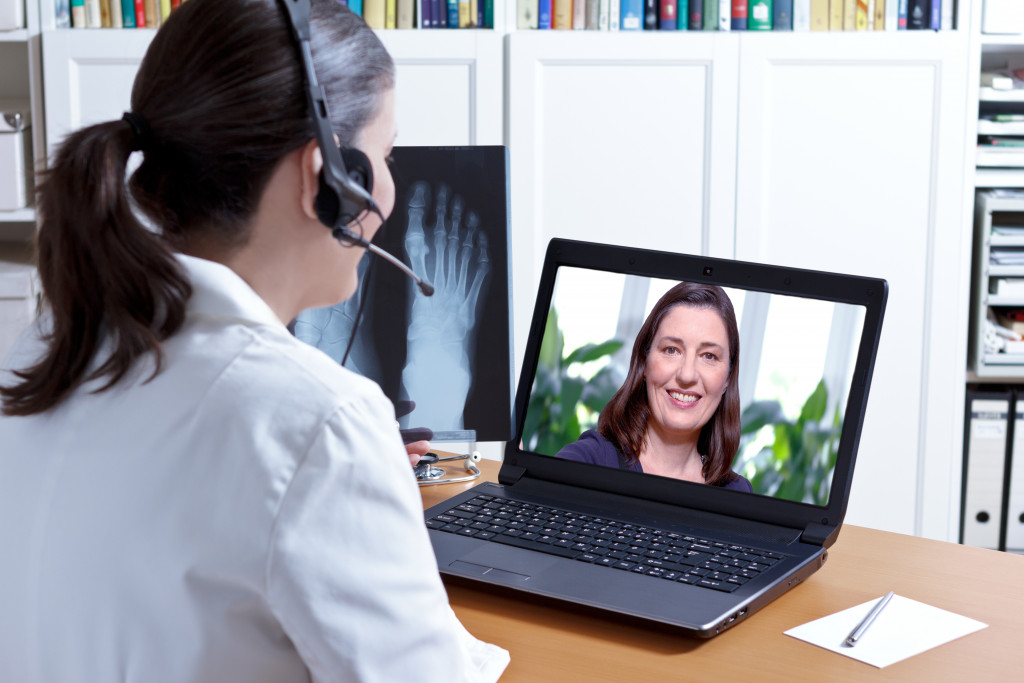Although no sector stays untouched, the COVID-19 epidemic hits elder housing and care providers badly, resulting in a significant burden on workers, clients, and administrators alike. They continue, though, to adjust to continuing difficulties, showing fantastic resilience and commitment.
Fortunately, technology can face some of the most urgent problems in the business and assist facilities in traversing the “new normal” in 2021 and beyond. From the point of view in the area of careful employee management technology, we see many developments that will change the healthcare sector in the coming year. In the end, these technologies will affect everyday operations and enhance the quality of life for facility managers and inhabitants.
Application of Alert and Warning Systems
Most older people want to live alone, making medical alerting systems important. In an accident, such as a fall, these devices enable the elderly to seek assistance. They come in various ways, from transportable or wearable products to more traditional housing units.
Of course, the most famous type of medical alert device is the wristband. But everything the patient uses every day might perhaps become a medical alert system. Everything may be used for intelligent clocks, jewelry, and smartphone applications. According to the complete list of the most up-to-date health alerting systems, they are sophisticated enough to monitor user behavior and sleep practices so that carers can see if there is a high risk of drops resulting from tiredness.
Some devices also notify the personnel and provide a GPS if a patient with dementia has gone beyond a specific scope. You can find other forms of technology like this in advanced care homes such as Oak Ridge Assisted Living.
Online Doctor Visits
Telemedicine, one of the fastest expanding categories of elder medical technologies, offers medical experts and relatives a deeper and more comprehensive look into the wellness and health of older adults cared for. This technique enables a monitoring system and teleconference so that a doctor can maintain patient safety with fewer trips to the office.
In addition to the technologies of medical warning and wearable sensors, physicians and caregivers, and patients have access to data such as heart rate, blood sugar levels, oxygen levels, movement, and sleep patterns.
Not only does the availability of this kind of data assist the carers involved, but it also provides patients with a complete look into their health condition to make better day-to-day choices.
Machine Learning and Internet of Things

It may be challenging to find technologies to address workforce issues. Workforce management solutions are a logical way to improve personnel procedures. But providers are experiencing performance gaps when generically adjusting planning and time monitoring systems into complicated elder care operations. They need human workarounds and undermine the advantages of the technology.
Per Pew Research, cloud-based gadgets are in 90% of American homes. Everything appears to be linked to the web with laptops, cellphones, intelligent speakers, and smart houses. The Internet of Things (IoT), which may be used for the elderly, is the linked network of gadgets. Devices, for example, could be used to detect whether somebody’s up at night and change the illumination appropriately.
The speech-activated home aides are another possible area of growth. With Amazon Echo or Google Home devices, speech activation may be utilized to work a lot around the house for people in wheelchairs or for people who have to remain in bed. The modest progress may decrease drops in the elderly, a significant cause of mortality, and give them a feeling of control. With the reduction in the number of home health professionals, this elder care sector will certainly expand rapidly.
Advanced Application of Software Solutions
The paper diagrams used in doctor’s offices have been replaced with digital records by e-Medical Data Records (EMRs) and E-Medical Records (EMRs), which monitor patient data, diagnosis, and treatments. Software systems inserted seamlessly with EMRs and EHRs allow caregivers and doctors to transmit and exchange information. If necessary, physicians may modify instructions or act in virtual environments, and patients get better medical treatment when doctors have precise information.
The capacity to provide data to physicians quickly, communicate effectively, and keep records in an accessible manner may reduce medical mistakes. Medical software may identify errors such as contraindications and allergies, generate reports, identify patterns and trends, and speed up diagnosis and treatments.
Americans older than 50 years of age are expected to spend about 84 billion dollars a year on technological goods by 2030. This is comparable to the sports and fitness industries and the anticipated value of the cannabis business. Senior management is not only about embracing technology but also about innovation, and technology companies must be informed of relevant trends and changes because opportunities exist.

